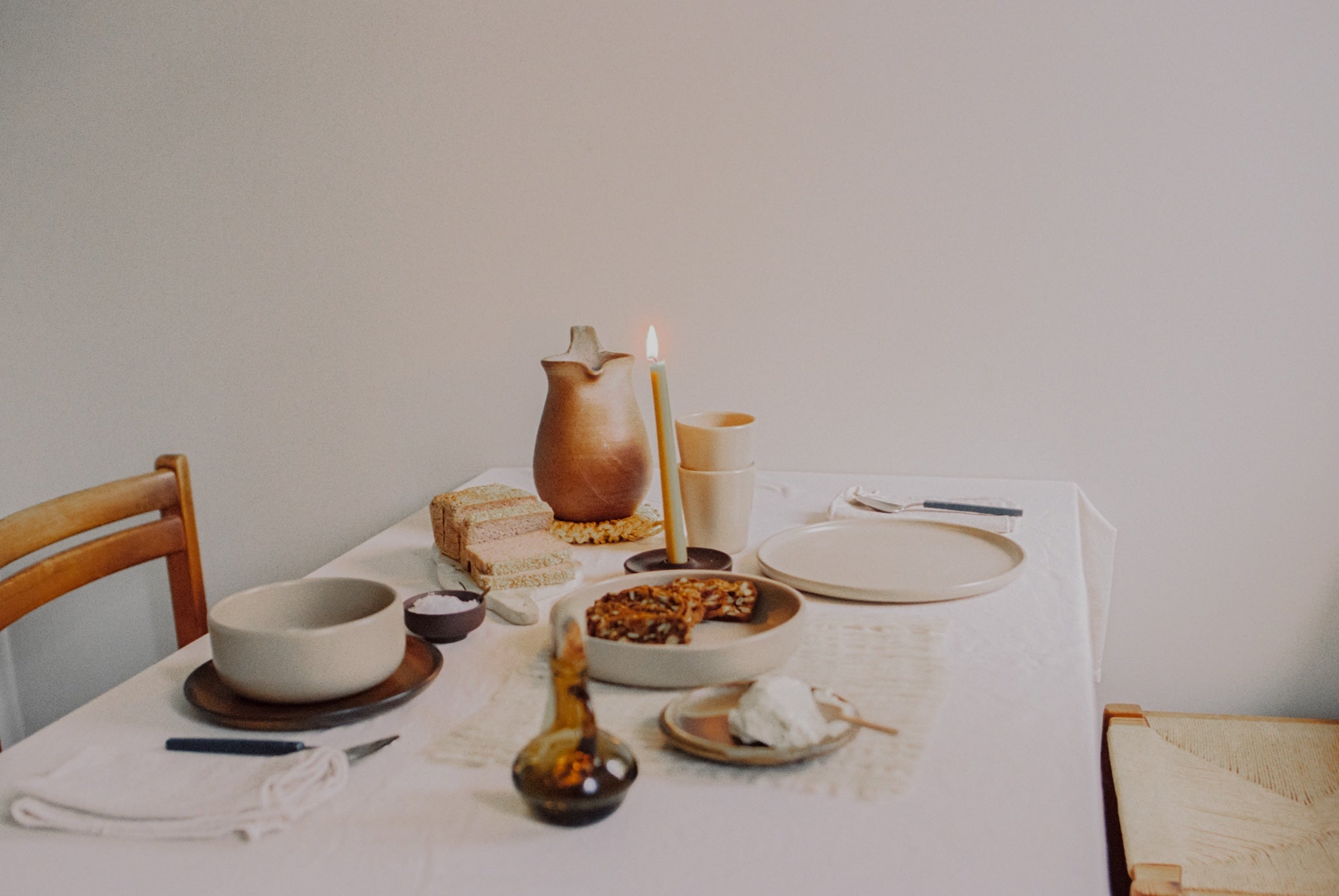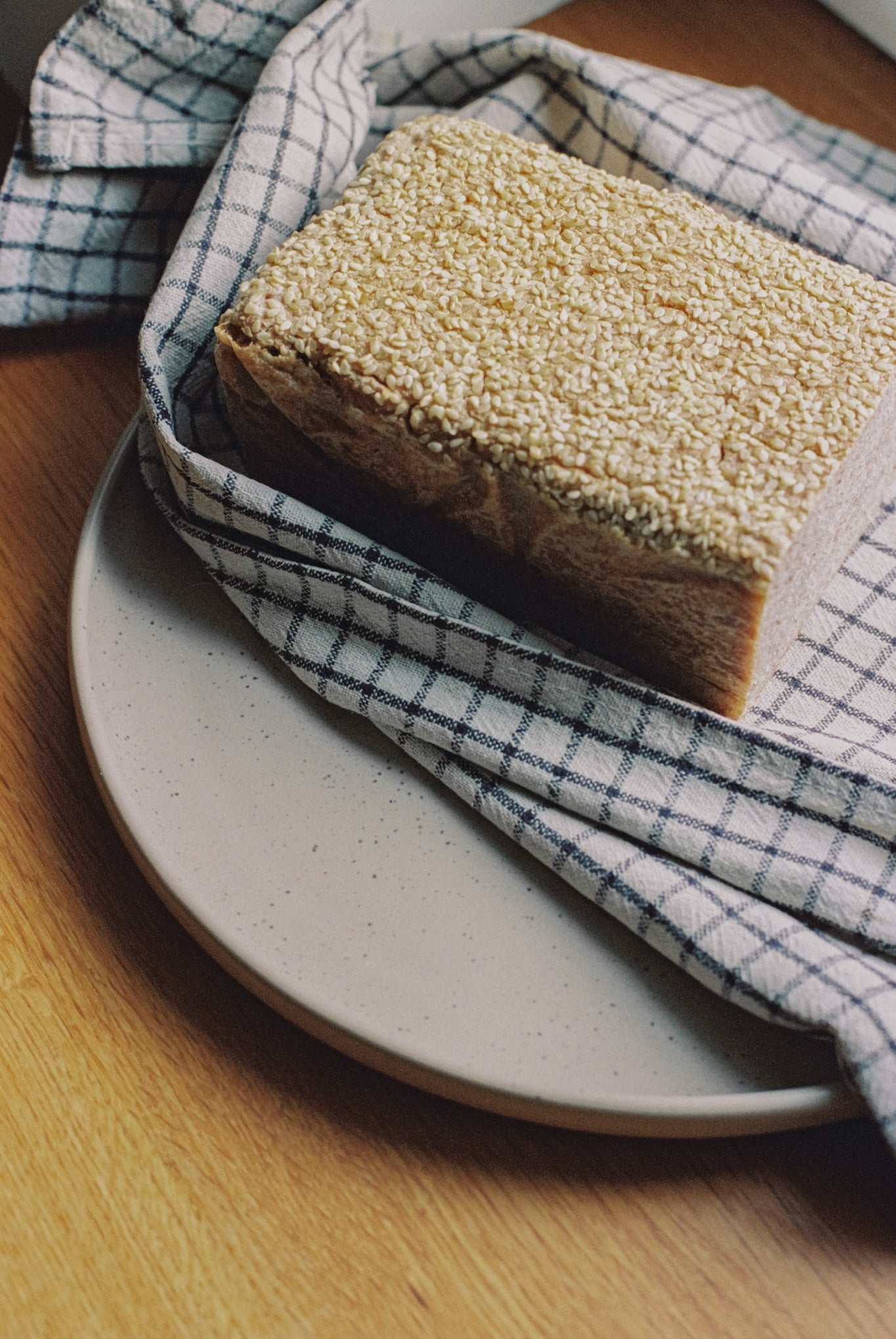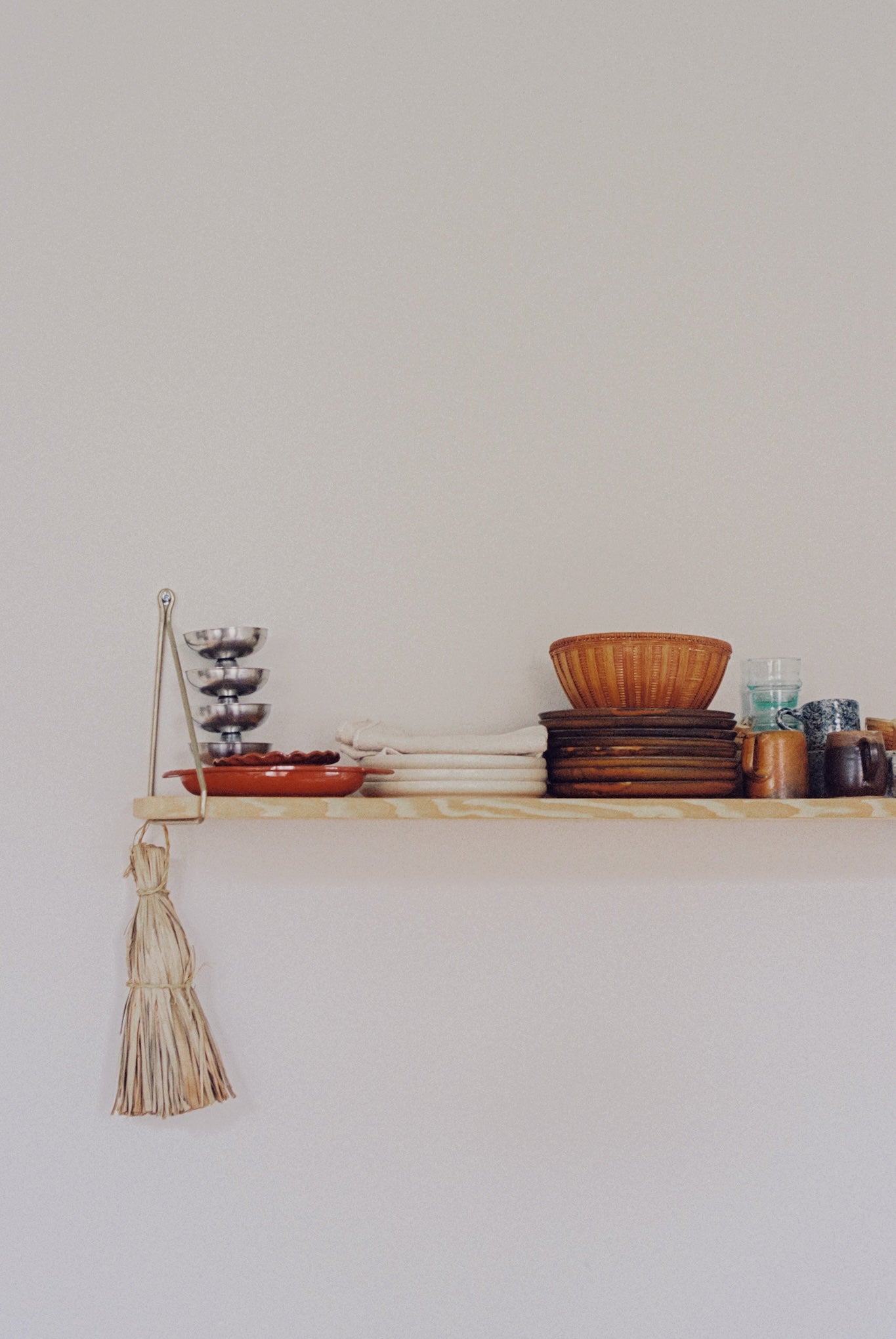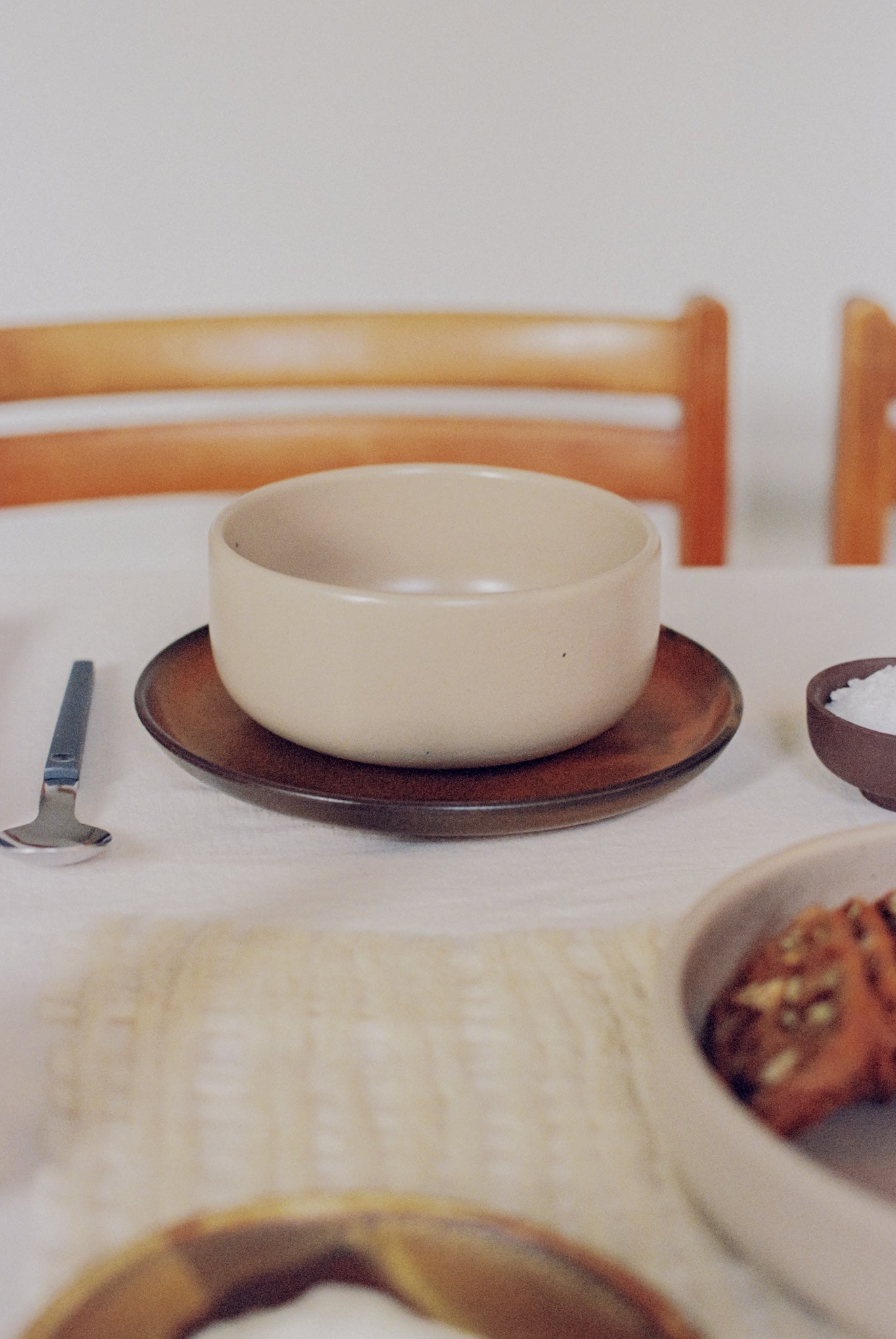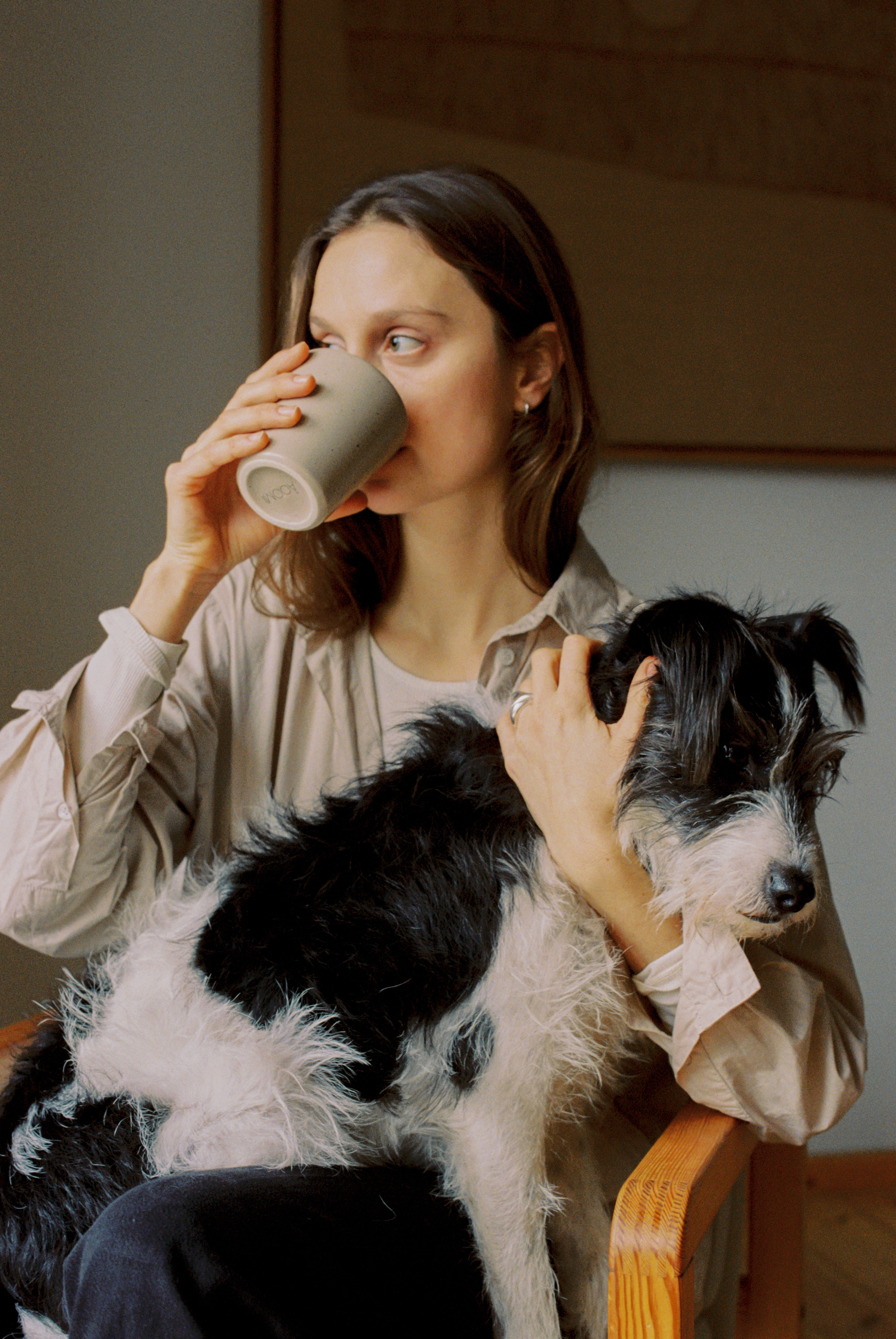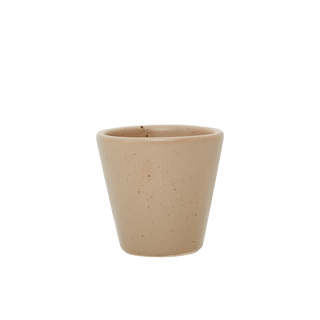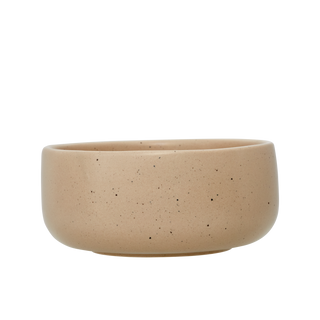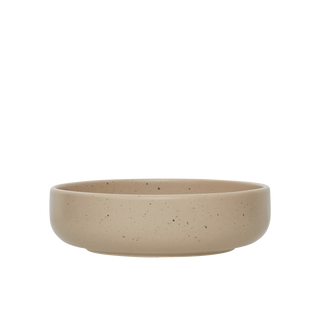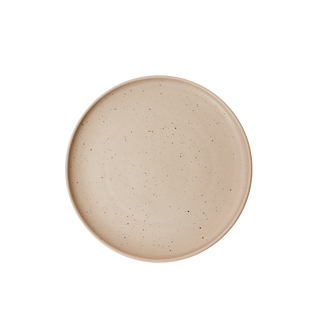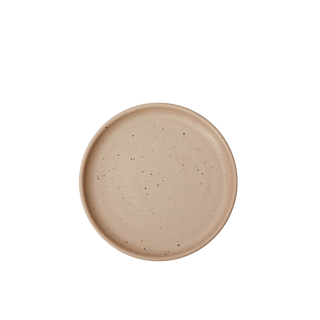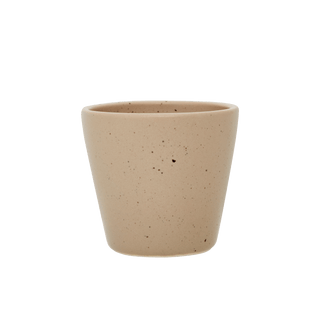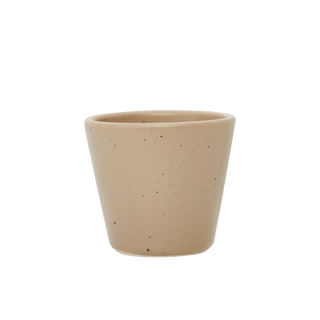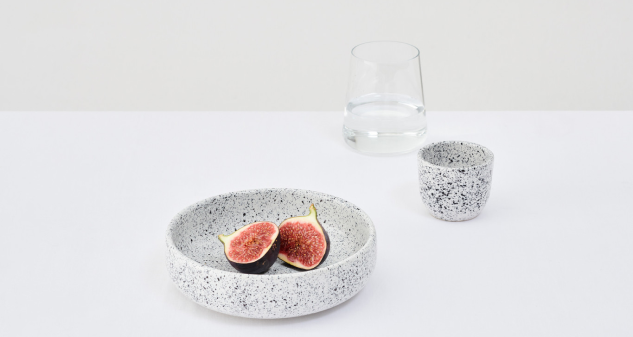ÅOOMI Home Stories — Agnieszka Owsiany
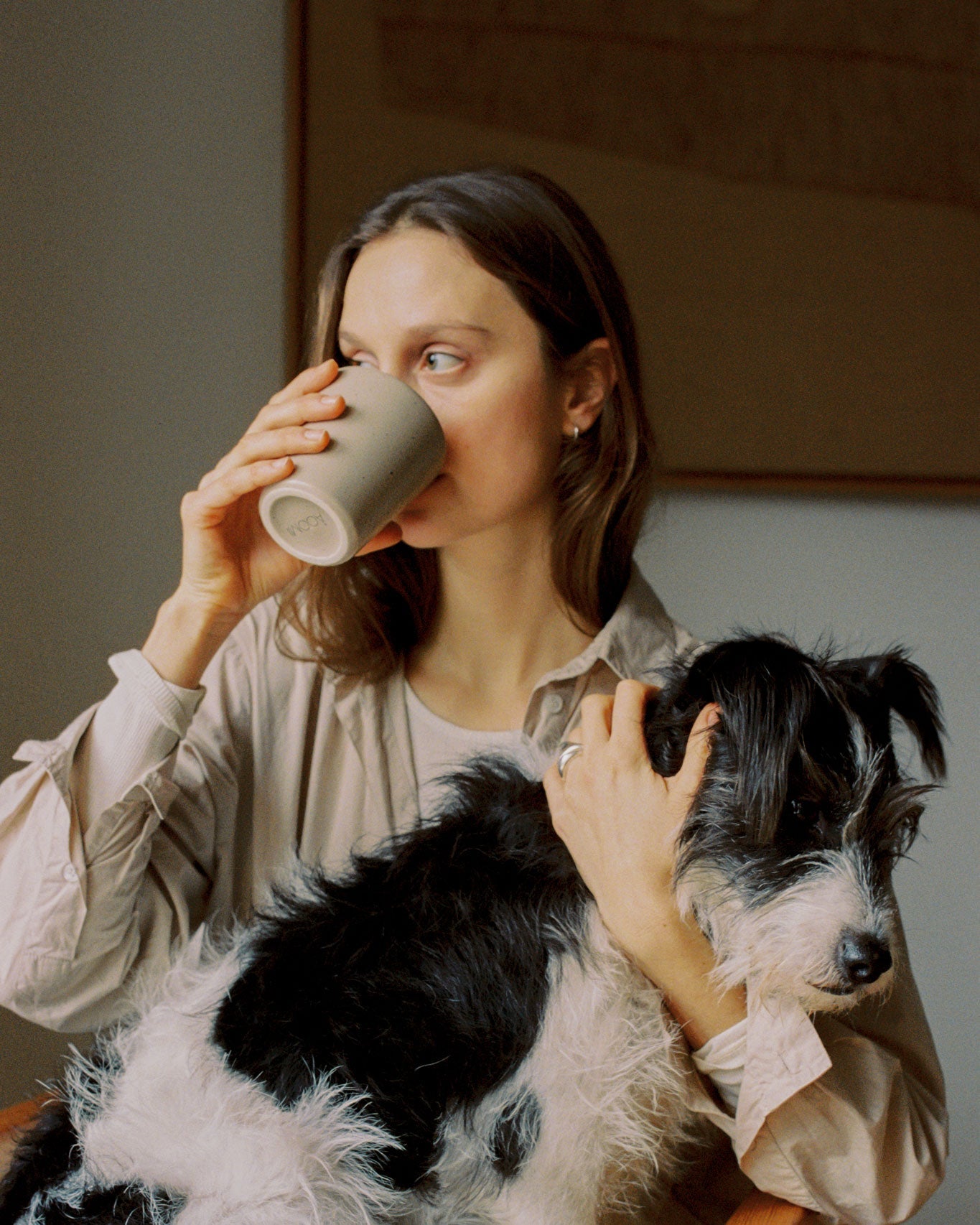
Now, amidst long winter, I mainly eat various kinds of soups, even for breakfast. I became quite influenced by Chinese Medicine, which became an important guide on how to eat. I don’t follow its rules in extremes, but I am trying to take from it what helps me to feel good. We meet on a winter day, so I prepared a dish that’s perfect for the season: a chestnut soup with white beans, roasted poppy and rapseed oil. As a snack for the soup, I made crackers made from oat flour, nuts and dried fruits. I also baked a buckwheat bread that we will eat with a lot of butter and salt.
Fermented buckwheat bread:
What, in your opinion, makes an object timeless?
Select for yourself:
READ MORE:
-

Mother’s Day — A picnic with Tasya and Maxi
This Mother’s Day, we sat down with Tasya Kudryk—brand strategist, wine bar owner, and mum to 7-year-old Max—for a warm conversation about motherhood in all its quiet depth. From bedtime...
Mother’s Day — A picnic with Tasya and Maxi
This Mother’s Day, we sat down with Tasya Kudryk—brand strategist, wine bar owner, and mum to 7-year-old Max—for a warm conversation about motherhood in all its quiet depth. From bedtime rituals to rediscovering patience, Tasya shares how becoming a mother has enriched her daily life without dimming who she is.
-

ÅOOMI in the world — No Name Coffee Lab, Granol...
Tucked away in the charming town of Granollers, No Name Coffee Lab is more than just a café—it’s a passion project, a meeting place, and the first specialty coffee spot...
ÅOOMI in the world — No Name Coffee Lab, Granol...
Tucked away in the charming town of Granollers, No Name Coffee Lab is more than just a café—it’s a passion project, a meeting place, and the first specialty coffee spot of its kind in the area. While high-quality coffee has long been a staple in nearby Barcelona, this cozy café is introducing the local community to carefully sourced and expertly...
-

ÅOOMI in the world — Origo Bakery, Barcelona
In this ÅOOMI in the World feature, we visit Origo Bakery, a Barcelona-based bakery founded by François de Halleux. We spoke with him about his journey, the vision behind Origo,...
